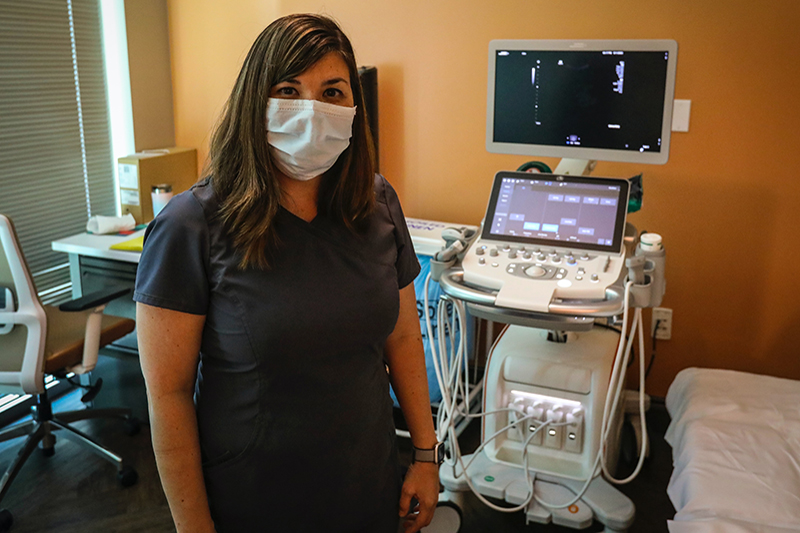Are you in the process of applying to graduate school? Do you need to provide scores from an entrance exam? Do you have the choice of which test you can take? Two of the most common options are the Graduate Record Examination (GRE) and Graduate Management Admission Test (GMAT).
The biggest difference between the GRE and the GMAT is the scope of the exam. The GMAT is geared toward business school admissions whereas the GRE is preferred for most other graduate programs. Computer-based, both are designed to evaluate your analytical, quantitative, and verbal reasoning capabilities. Beyond that, each test varies in format, scoring, and price.
Format
The GRE, administered by the Educational Testing Service (ETS), includes three scored portions, as well as a possible experimental, unscored section.
Analytical Writing has two writing tasks where you need to analyze both an issue and an argument. Verbal Reasoning consists of two sections with 20 questions each. There are three types of questions: reading comprehension, text completion, and sentence equivalence. Quantitative Reasoning is comprised of two sections with 20 questions that can be multiple-choice with one or several answers, numeric entry, or quantitative comparisons. Topics include algebra, arithmetic, data analysis, and geometry.
The GRE allows you to move backward and forward through each section, change your answers, and mark questions you would like to return to later. It is 3 hours and 45 minutes with one optional 10-minute break. You can take the GRE in-person at a testing center or online monitored by a proctor in the comfort of your own home.
The structure of the GMAT, created by the Graduate Management Admission Council (GMAC), depends on whether you are taking it at a testing center or online. The in-person version has four sections, the online version three.
Quantitative Reasoning has 31 multiple-choice questions broken down into two types: quantitative reasoning and data sufficiency. The data sufficiency portion consists of a question and two statements of data. You need to determine whether the statements provide adequate information to answer the question. Verbal Reasoning includes 36 questions testing your ability to read, understand, and evaluate written materials. There are three types of questions including critical reasoning, reading comprehension, and sentence correction. Analytical Writing, included on the in-person version only, asks you to examine and draft a critique of a given argument. Integrated Reasoning assesses your ability to solve problems using data. There are 12 mostly multiple-choice questions examining and analyzing data from sources such as graphs and tables and solving both quantitative and verbal problems.
Unlike the GRE, you cannot skip and return to questions or change your answers. The in-person GMAT is 3 hours and 30 minutes with two optional 8-minute breaks. The online version is 3 hours with an optional 5-minute break.
Scoring
GRE test-takers receive individual scores for the Verbal Reasoning, Quantitative Reasoning, and Analytical Writing sections. Quantitative and Verbal Reasoning are scored on a scale of 130-170 in 1-point increments. Analytical Writing is scored on a scale from 0-6 in half-point increments.
Based on data collected by the ETS, the average GRE scores are as follows:
Verbal Reasoning - 150
Quantitative Reasoning - 152
Analytical Writing - 3.6
The GRE allows you to cancel scores immediately and reinstate them within 60 days. You can take the exam every 21 days up to 5 times in 12 months.
GMAT scores are a combination of the verbal and quantitative sections. The Analytics Writing and Integrated Reasoning sections are calculated independently and do not affect the overall total score which ranges from 200 to 800. According to GMAC, two-thirds of test-takers score between 400 and 600 and the current average score is 565.
With the GMAT, you can take the exam once every 16 days and no more than five times in a rolling 12-month period. There is a lifetime cap limit of 8 attempts. For the online version, you can retest once. You can cancel scores immediately and reinstate them within 30 days.
Cost
The GRE is currently $205 with free score delivery to four schools. The in-person GMAT is priced at $275 and allows free score delivery to 5 institutions. The online version is $250 and includes unlimited score delivery.
If the graduate programs to which you are applying accept the GRE or GMAT, the best way to decide which you are more comfortable with is to try them both out. There are free practice exams available online. For the GRE, try ETS. For the GMAT, I suggest MBA.com.
If you don’t want to take an entrance exam at all there are programs that do not require the GMAT or GRE or will waive it. Waivers may be granted if you meet certain criteria such as a strong undergraduate GPA, work experience, or hold a master’s or PhD. Many schools have also suspended testing requirements due to COVID. Be sure to check directly with the institutions you are interested to learn about their specific requirements.





